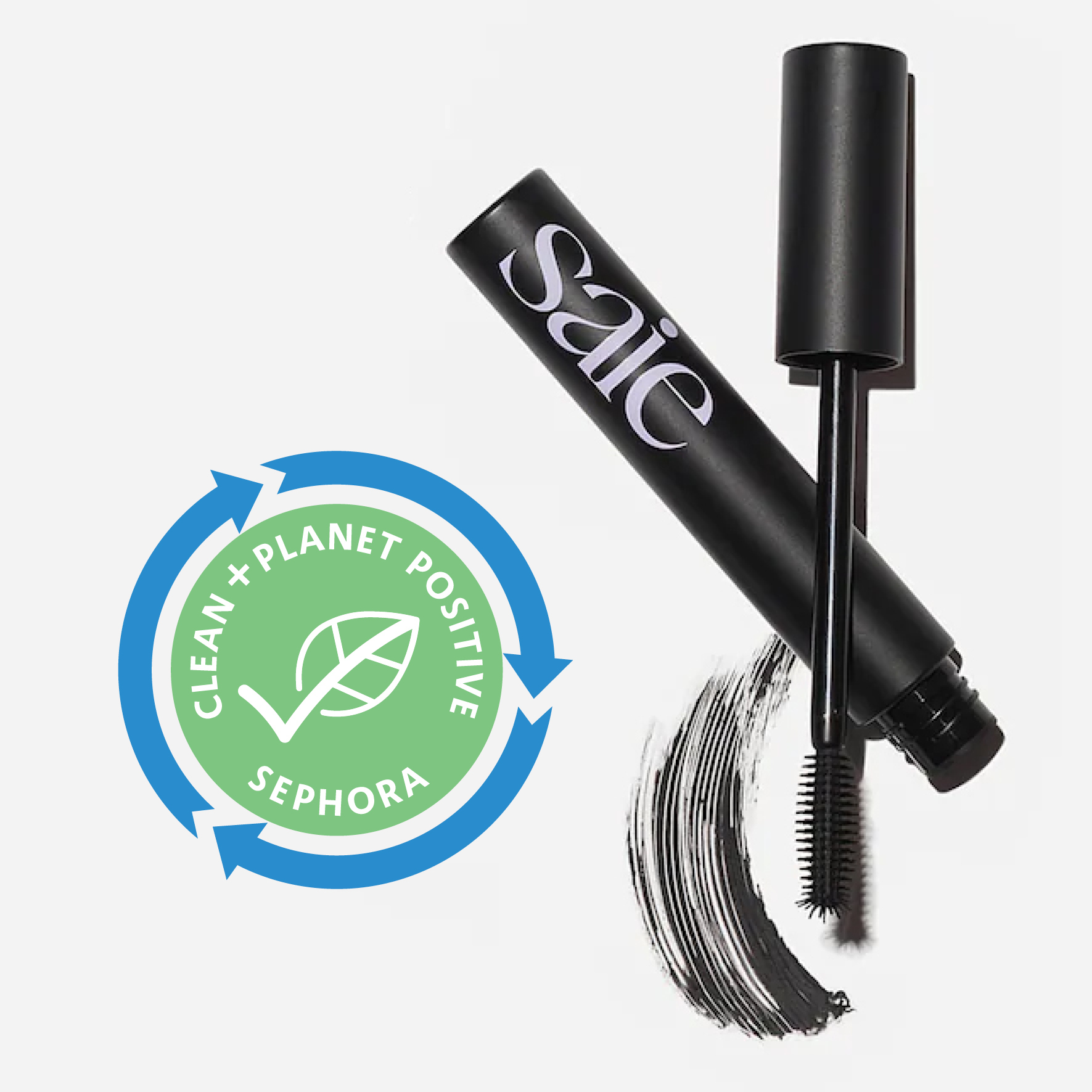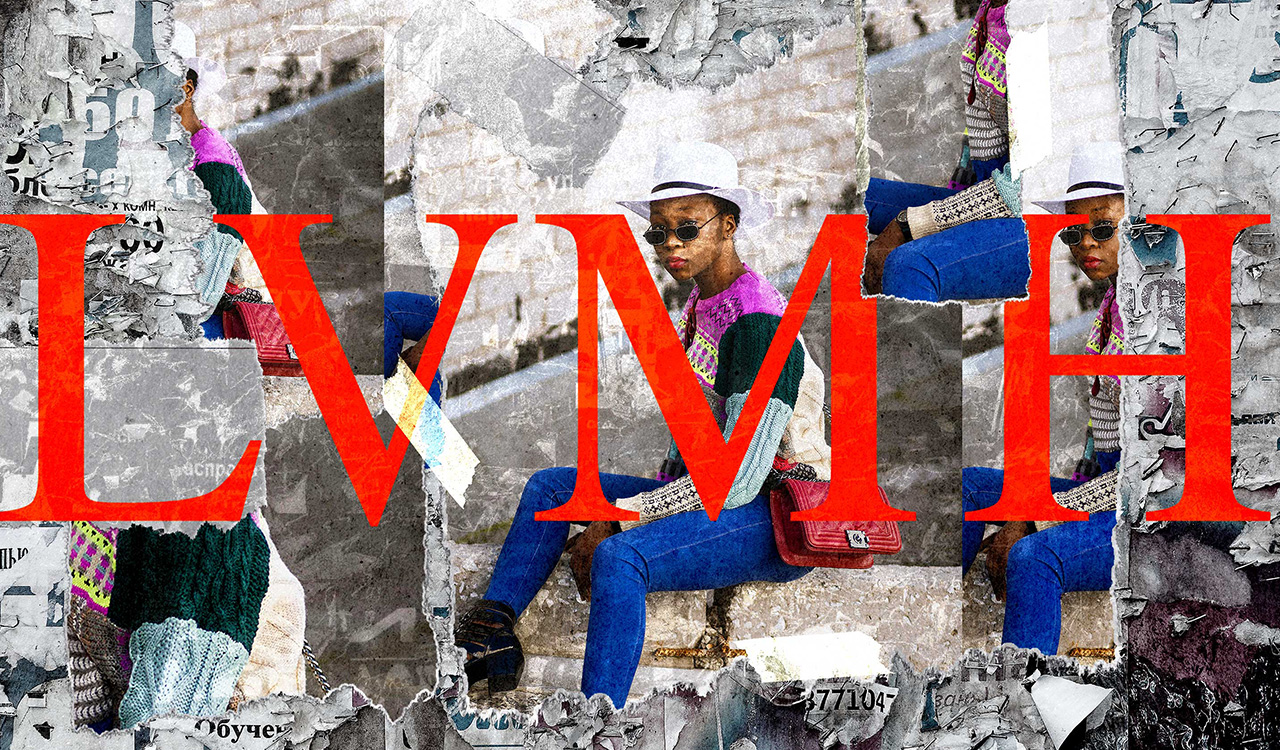Even before the November 2022 class action lawsuit against Sephora, filed by a customer who evidently felt bamboozled by its “Clean at Sephora” seal, I could sense the once-hot category of “clean” beauty was sputtering. Utterly ill-defined, even more so than its chief precursor — the “natural” category – clean’s big moment in the beauty spotlight lasted all of maybe five years.
Cleanwashing
Coming on the heels of “greenwashing” we have now have fears of “cleanwashing,” i.e., marketing that overpromises on the good-for-you front, undermining consumer confidence. And paired with the sometimes-stratospheric price tags attached to so many clean skincare and makeup items, it’s hardly surprising inflation-rattled beauty junkies are growing increasingly wary.
Which Brings Us Back to the Sephora Lawsuit…
Both cleanwashing and steep prices are at the heart of the lawsuit against Sephora, an 11-page class action complaint filed by a plaintiff named Lindsey Finster, who took issue with a Saie Beauty mascara she bought. While Finster feels generally misled by the “Clean at Sephora” product selection at the LVMH-owned retailer, a chunk of her lawsuit hinges on the specific ingredients and claims attached to Saie’s Mascara 101.
For the uninitiated, Saie (pronounced “say”) Beauty is an extremely buzzy brand that’s at the forefront of the clean makeup sector. With such popular and award-winning products as Slip Tint tinted moisturizer, Glowy Super Gel luminizer and Sun Melt bronzer, it bills itself as “a new kind of makeup that’s super clean and inspired by you.” Clearly the “inspired by you” bit is informed by founder Laney Crowell’s background; formerly the executive director of digital communications for Estée Lauder, she engineered the industry behemoth’s move into social media and influencer marketing.
According to Finster’s filing, she’s peeved by the “numerous” synthetic, and possibly harmful, ingredients in Saie’s Mascara 101, including polyglycerol esters, glyceryl caprylate and cetyl alcohol. Per her suit, she paid a premium ($26, plus tax) for a mascara she was led to believe, per the “Clean at Sephora” seal, would be devoid of such chemicals. (As a basis of comparison, good old traditionally formulated Maybelline Great Lash, perhaps the most stellar mascara of all time, currently retails for a whopping $8.49.)
Filed in New York, Finster’s lawsuit is also open to consumers from a wide swath of states – Alaska, Idaho, Iowa, North Carolina, North Dakota, Texas, Utah, West Virginia, and Wyoming – who have also felt hoodwinked by the pristine promise of the “Clean at Sephora” stamp of approval. Stay tuned for how this lawsuit unfolds and its broader implication for the industry.
Sephora Insider Quits, Comes Clean
If anyone knows about the behind-the-scenes machinations at Sephora, it’s Tiila Abbitt, founder of ĀTHR Beauty. The Tucson, Arizona-based clean makeup brand, steeped in desert-harvested ingredients like prickly pear seed oil that thrives in sun-drenched, arid conditions, also has a major spirituality bent. Think crystals in the product lineup, and eyeshadow palettes with names like Manifest.
Tellingly, prior to launching ĀTHR, Abbitt was a product formulator and head of sustainability for Sephora. In a brand story video available on YouTube, Abbitt says that after seven years at Sephora, she began to feel a “disconnect” between formulating conventional beauty products and living an organic lifestyle. Tasking herself with the challenge of making truly high-quality, performance-driven makeup that hews to hyper-strict clean guidelines, Abbitt unveiled ĀTHR in 2018.
Not surprisingly, Abbitt is pretty vocal about cleanwashing. In a lengthy, info-rich blog post on her website, “The Truth About Cleanwashing,” she and/or her content team set forth the real reason why so many brands, including those created by Big Beauty, are so eager to latch onto to the clean mantle: money.
“As clean beauty started gaining momentum, the industry started to pay attention,” the blog post states. “Brands big and small realized they could capitalize on this ‘trend’ (crazy to call not using toxins a ‘trend’) and began using these buzzwords in their own marketing efforts.”
If only these same brands would reformulate to support their newfound “clean speak.” According to Abbitt’s post, “they’re keeping the toxins but changing the claims.”
A Light at the End of the Cleanwashing Tunnel?
Let’s be honest: it’s incredibly easy to be wary of, and cynical about, the hugely profitable, wildly unregulated American cosmetics market. How unregulated, you ask? Try fewer than 20 FDA-banned ingredients in the U.S. as compared to 1600 in the EU.
No wonder product formulators can sometimes be so loosey-goosey, especially given that safer ingredients often prove more costly. If you’re a struggling indie brand worried about staying afloat, it must be awfully tempting to cut a corner here or there. If an ingredient hasn’t been banned by the FDA, it can’t be that bad, can it? Unfortunately, that isn’t always true; there’s a reason why Europe is so vigilant.
Introduced in October 2021 in support of Breast Cancer Awareness Month, the Safer Beauty Bill might help brands stay on the straight and narrow. The brainchild of congresswoman Jan Schakowsky, a chief deputy whip of the ninth district of Illinois, it seeks to tighten up our notoriously lax laws are beauty manufacturing, and includes four separate, standalone bills:
- Toxic-free Beauty Act of 2021
- Cosmetic Supply Chain Transparency Act of 2021
- Cosmetic Safety for Communities of Color and Professional Salon Workers Act of 2021
- Cosmetic Fragrance and Flavor Ingredient Right to know Act of 2021
As the first real government peek under the cosmetics hood since the 1930s (yes, you read that right; it’s been 80 years since toxic beauty ingredients have been explored by lawmakers in any meaningful way), the Safer Beauty Bill may provide genuine guidance for what constitutes a clean product.
According to a piece last month in Politico, at the end of 2022, the “makeup regulatory revamp” presented by Schawkowsky and her many supporters made the cut in Congress’s $1.7 trillion spending bill.
In other words, cleanwashing is about to get a lot harder.




